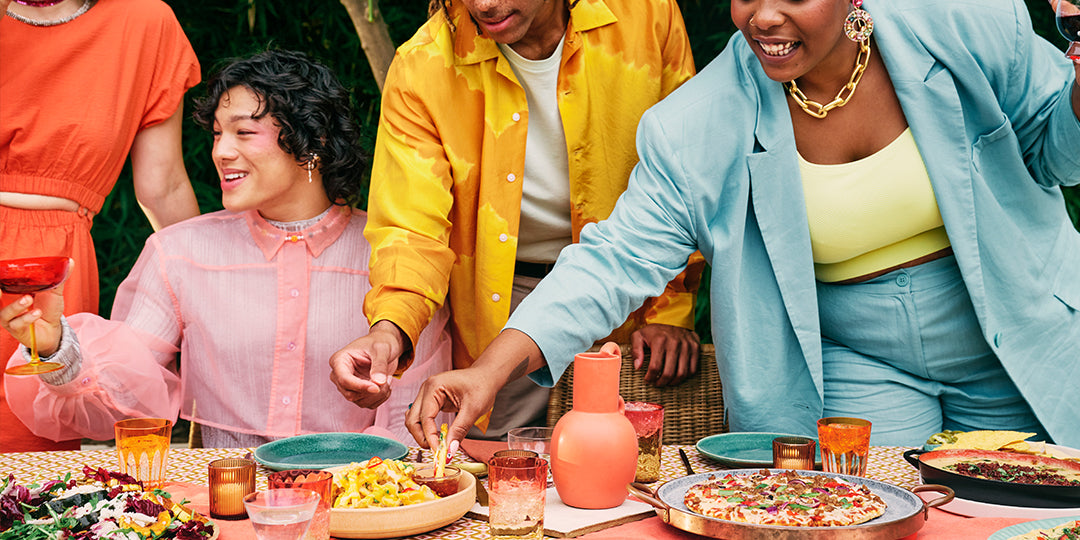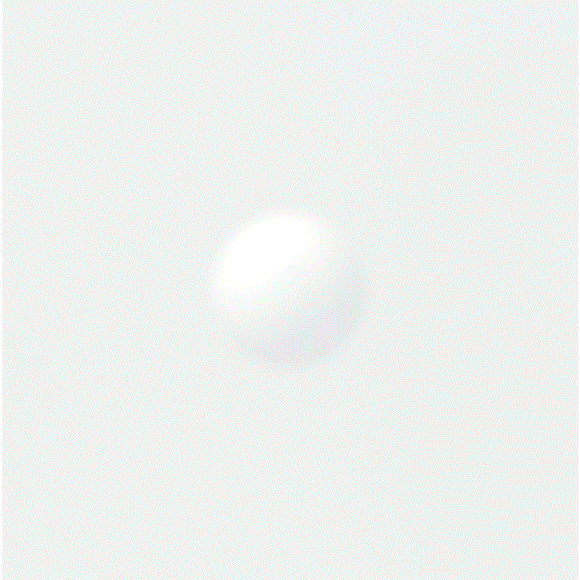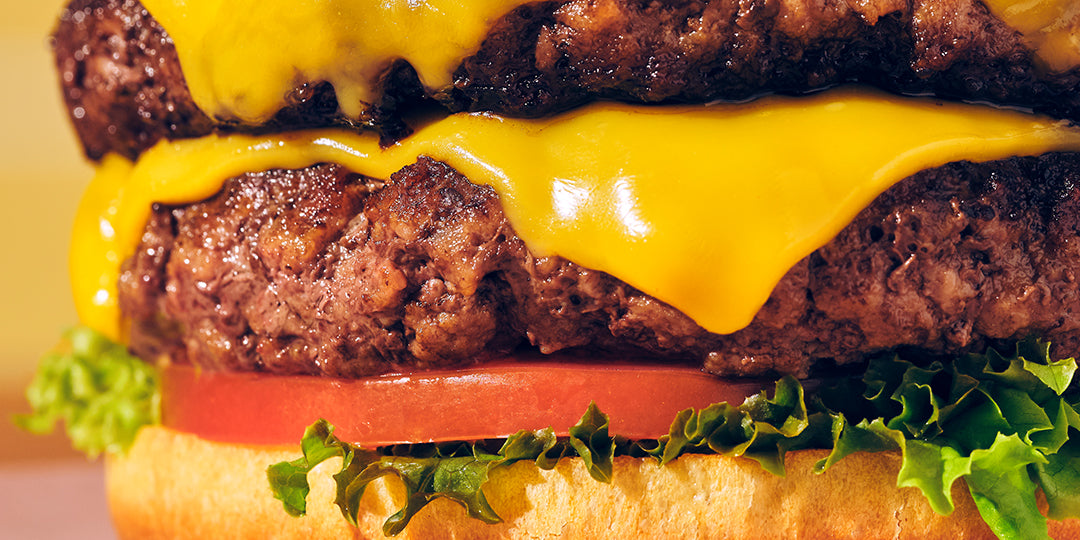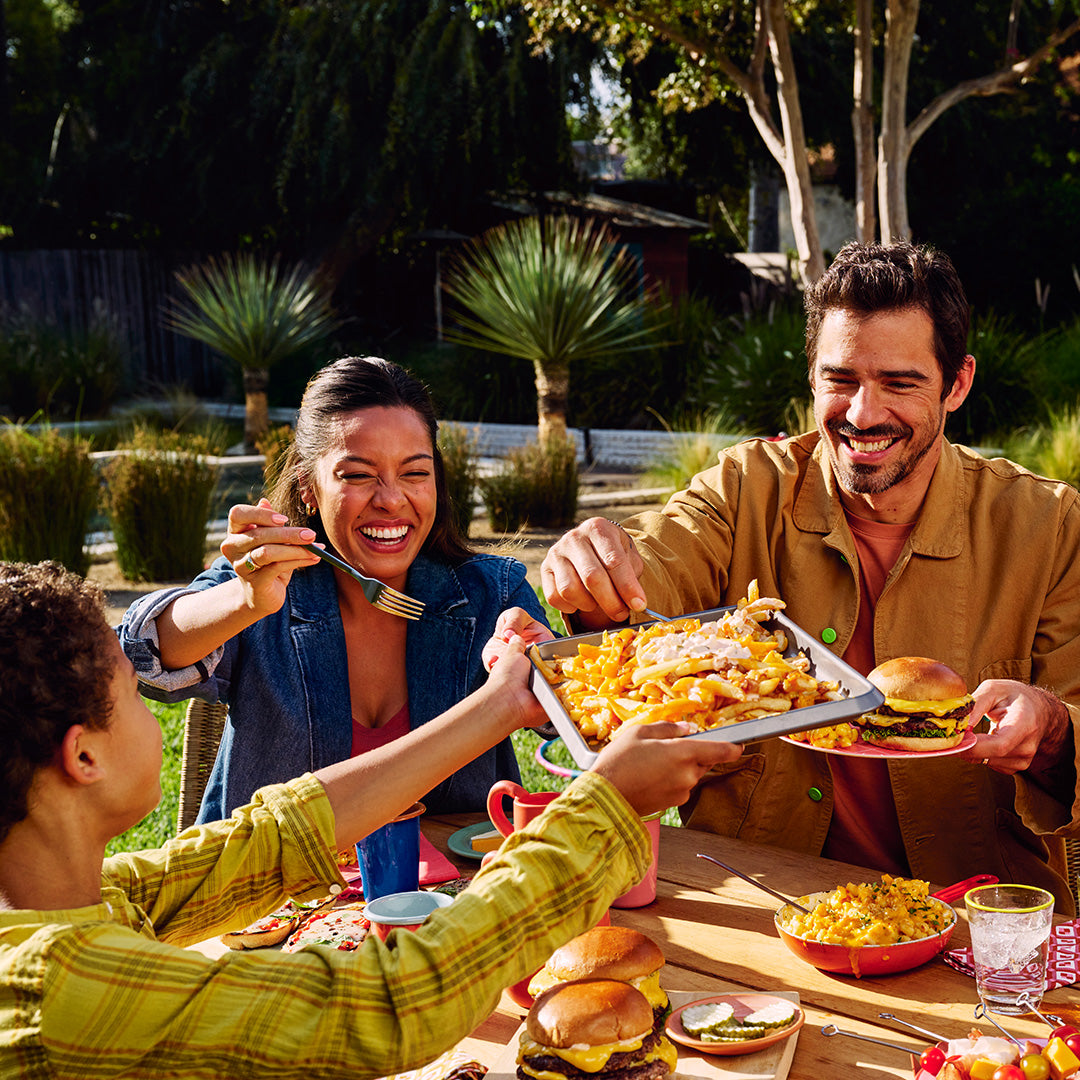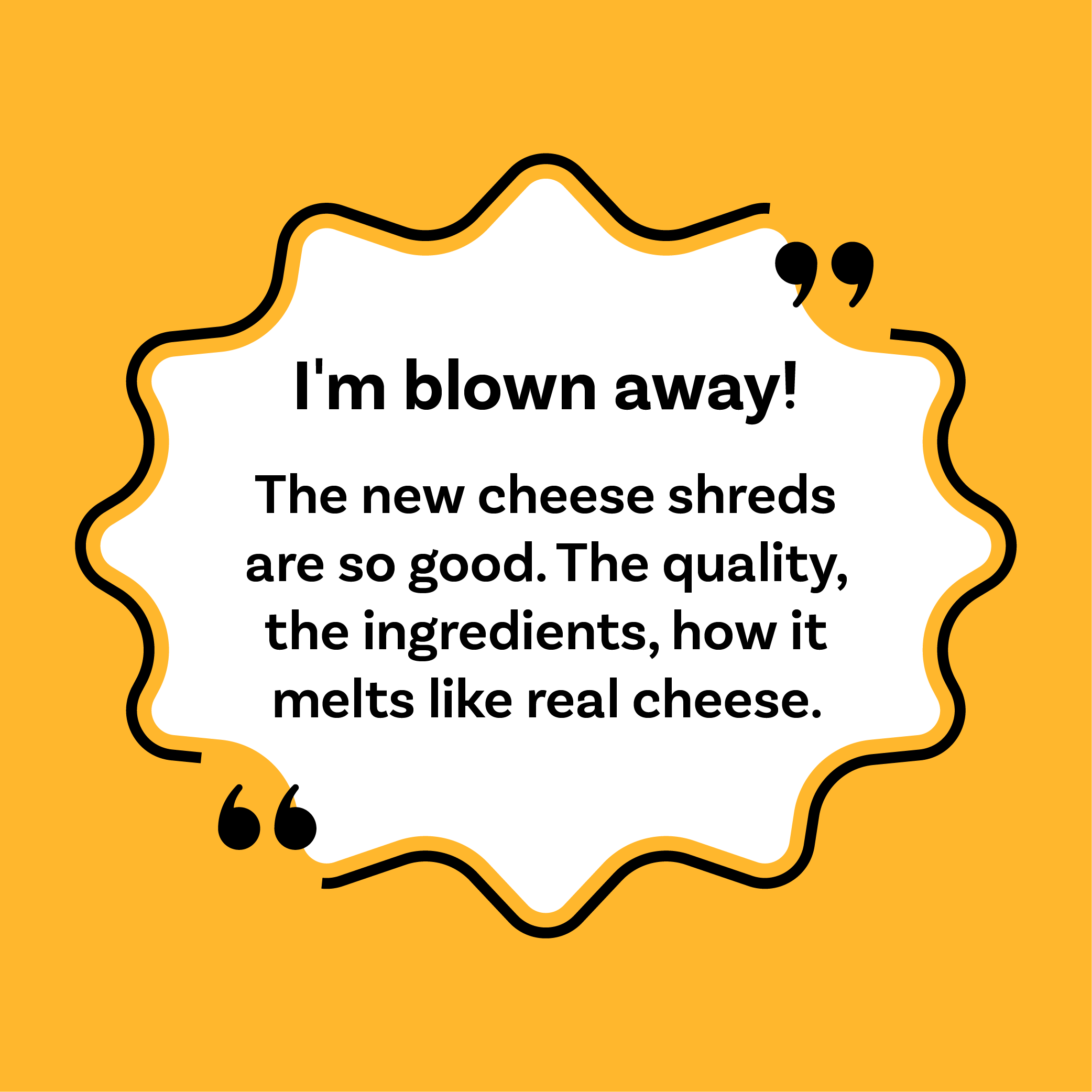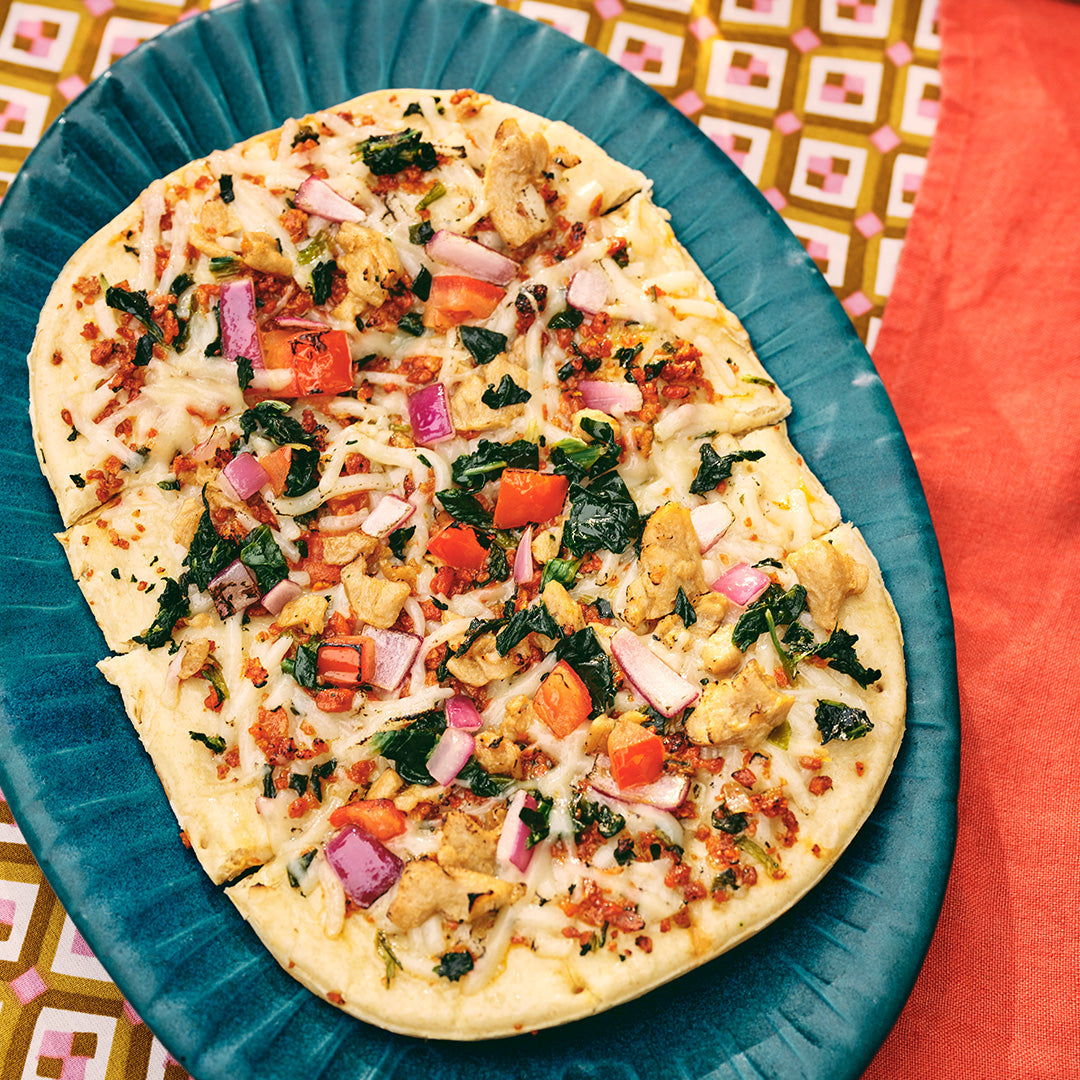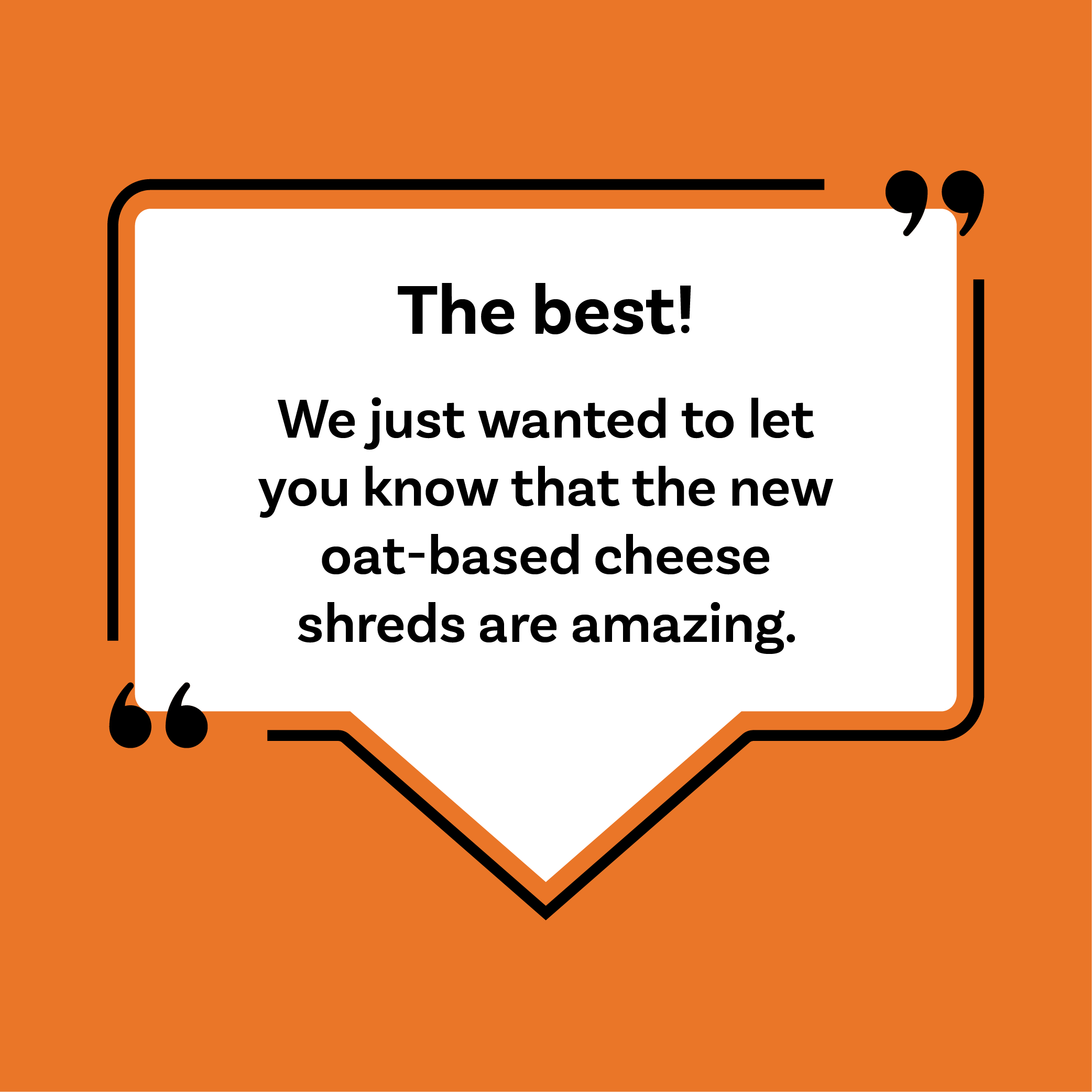Cheese Made Good
Can you imagine a life without cheese? Sounds impossible, right? Well, imagine cheese made from plants that's as delicious, creamy, and cheesy as its dairy counterpart. With us, it's not just possible — it's a promise. You'll never have to live without cheese again. No compromise.
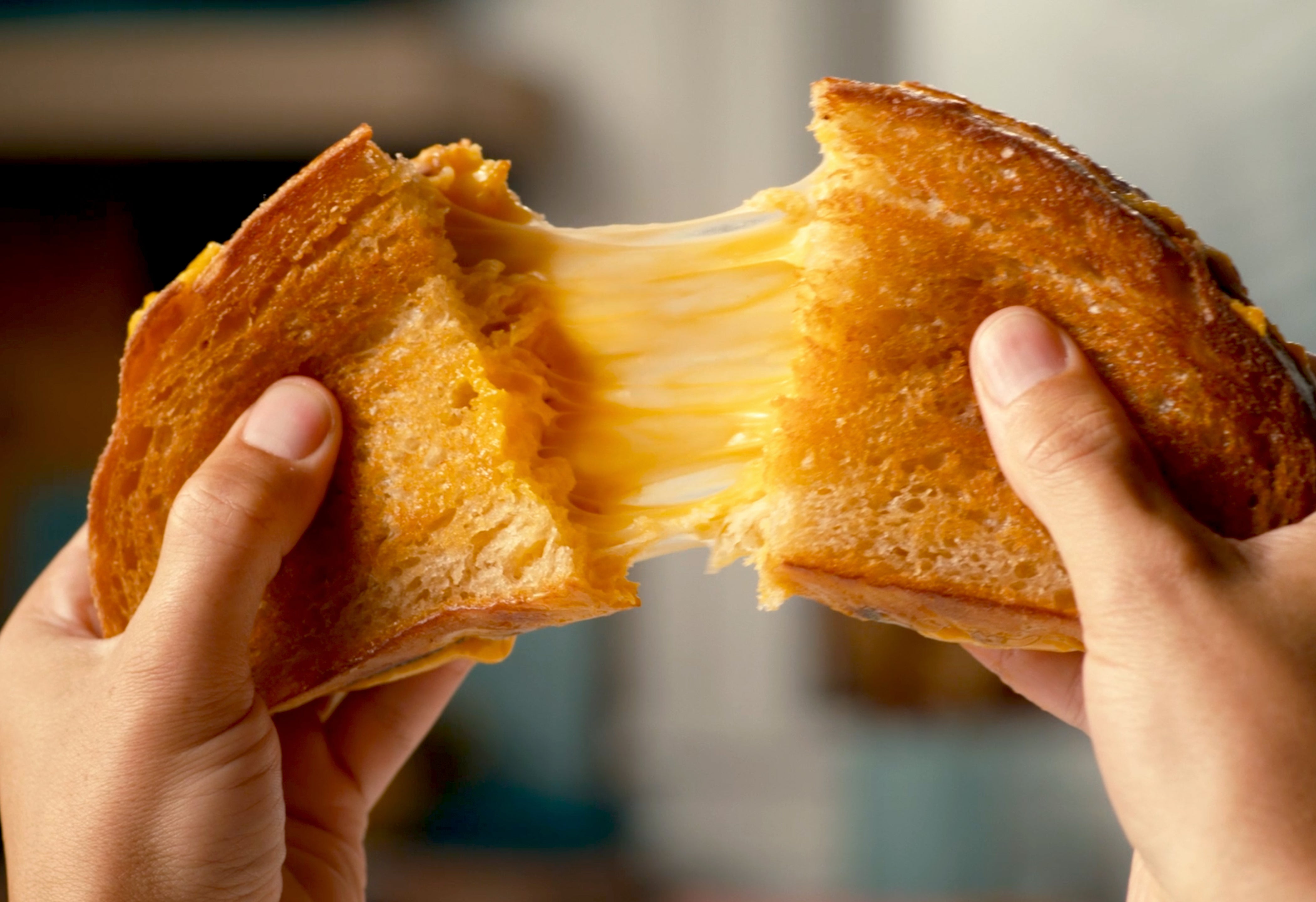
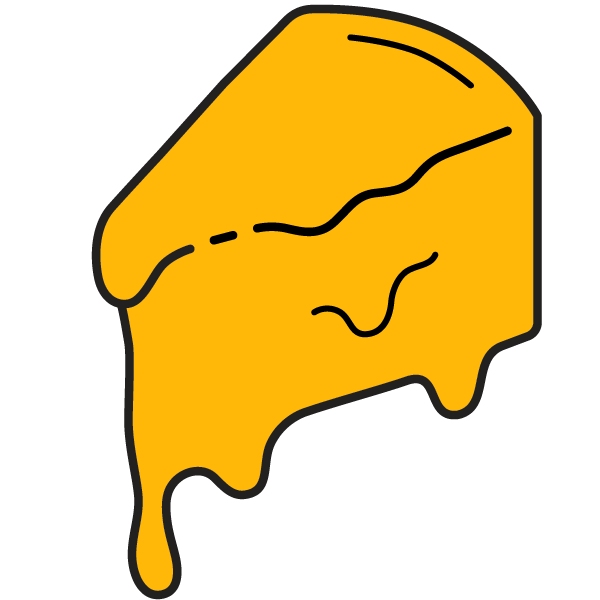
Melty
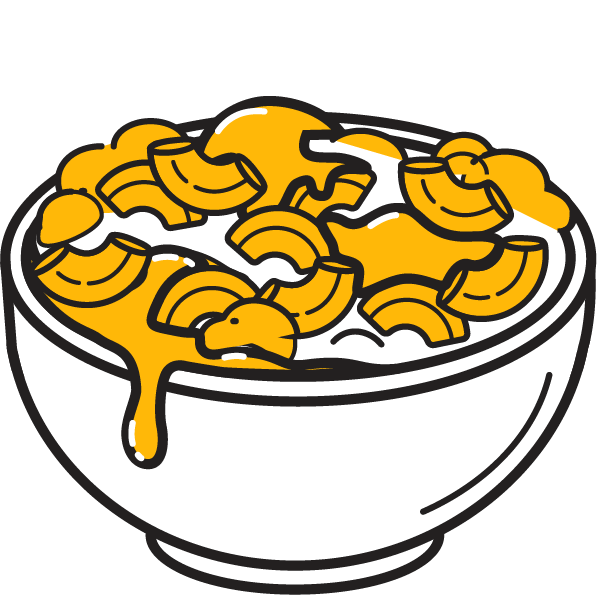
Creamy
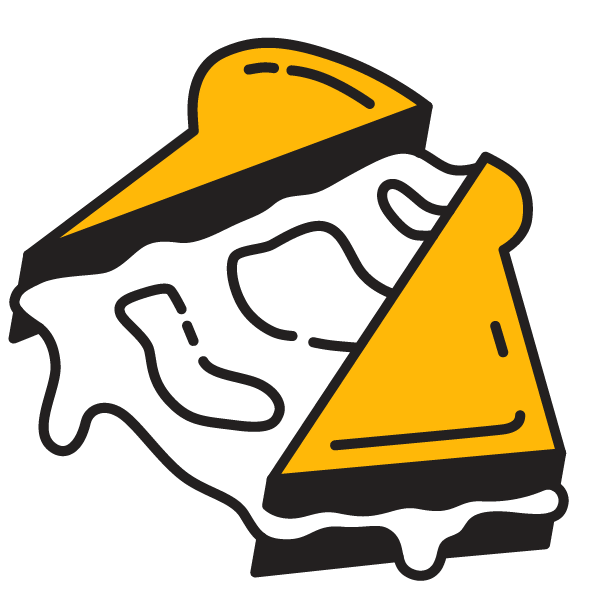
Stretchy

Cheesy
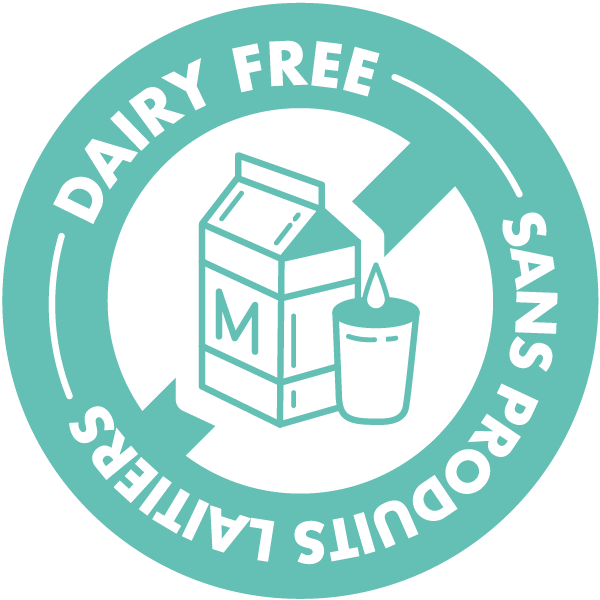
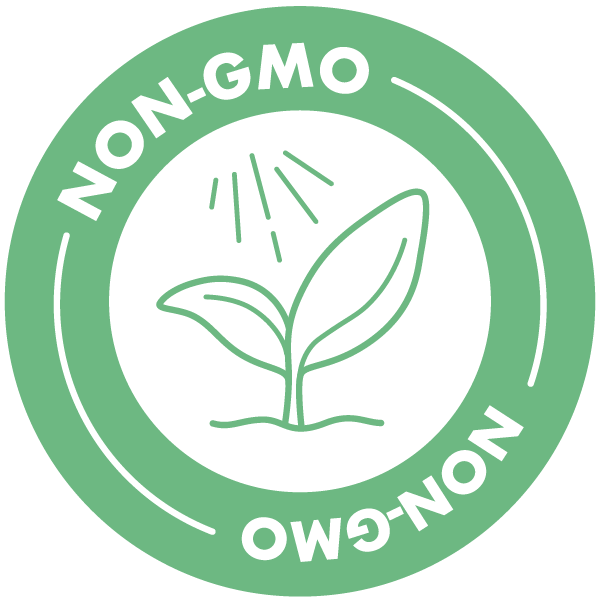


Pizza Perfection
Why can't every night be pizza night? With Daiya, it can be! Each bite of our pizza is plant-based perfection: featuring a crisp, thin crust, melty dairy-free cheese, and a perfectly balanced amount of toppings.
Explore Pizza & Flatbread
Mac & Cheese Magic
Mac & Cheese is *peak* nostalgia. Ours is the real deal – incredibly melty, exceptionally creamy, and bursting with rich cheesy goodness. One bite and you'll be transported back to simpler times.
Explore Mac & CheeseThe Daiya Way
Confessions from Cheese Lovers Anonymous
Daiya in the Press
-

"It's tough to nail the cheesy consistency without dairy, but Daiya delivers on taste and texture."
-

"We're not mad about the Vegan, which knocks it out of the park with Daiya cheese."
-

"Daiya, the king of vegan cheeses, prized for its realistic melting characteristics and 'cheesy' flavor."
-
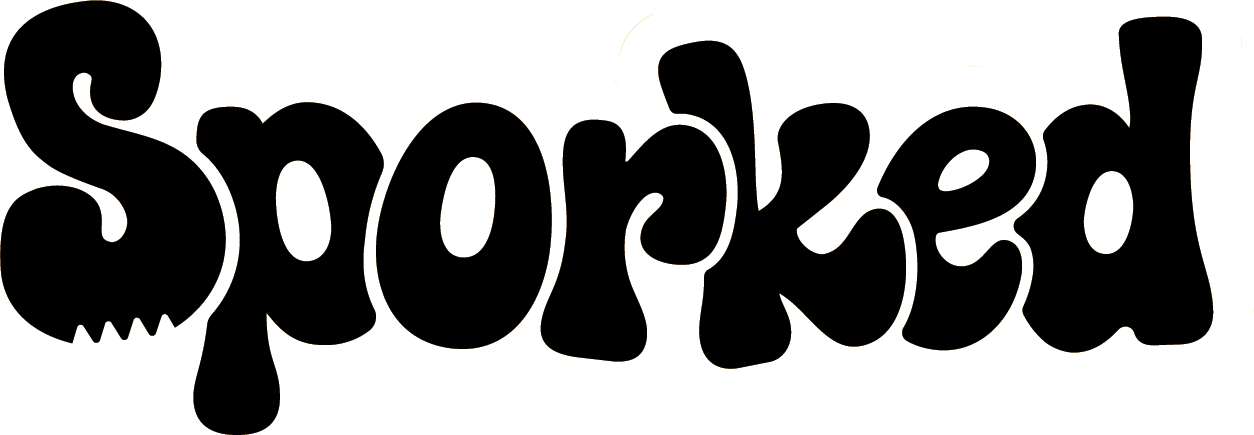
"These taste surprisingly similar to real cheese (but not exactly the same, obviously)."
Meet Us IRL
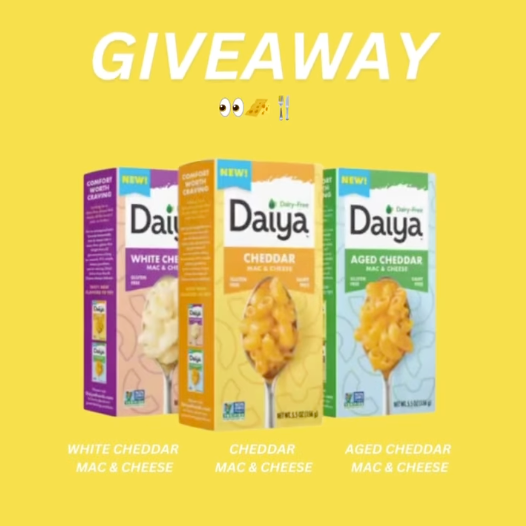
No, I don't think you understand, we're OBSESSED with our new Dairy-Free Classic Mac & Cheese 🤤🧀 And we know you will be too! To celebrate this new product release, we're sending 2 lucky winners—one in the U.S. and one in Canada—one case of Dairy-Free Classic Mac & Cheese each with some Daiya goodies!
@daiyafoods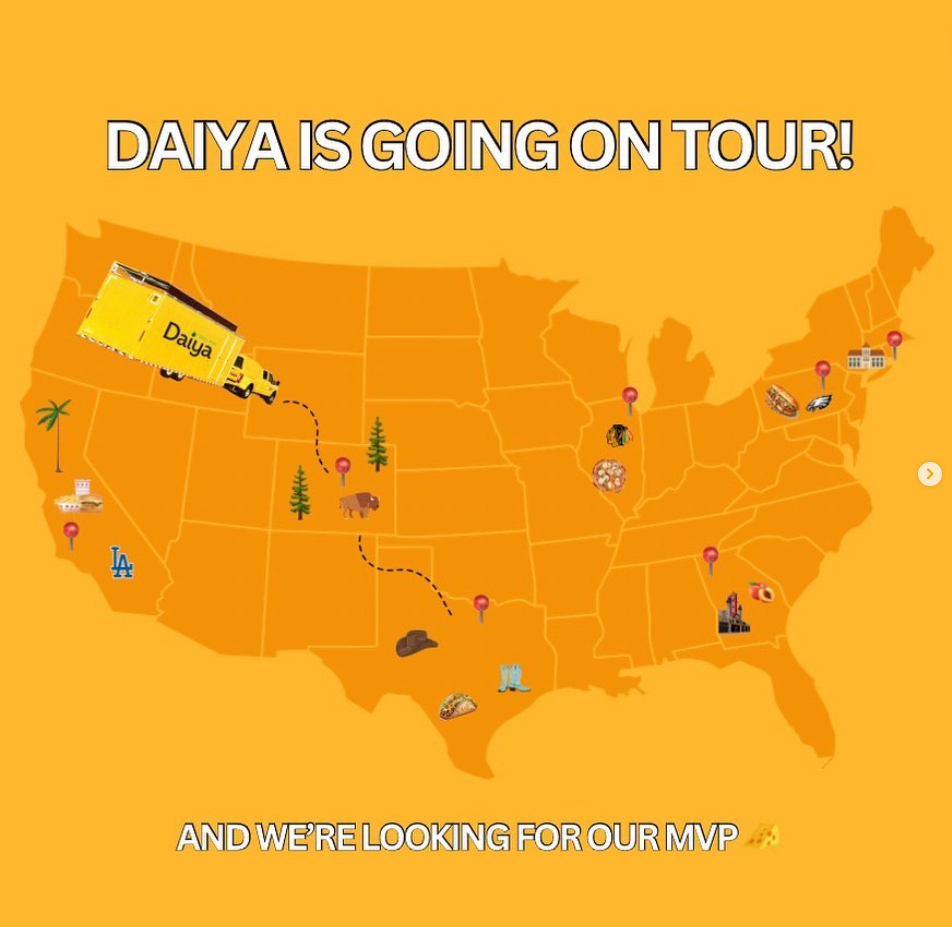
You read that right - Daiya's Dairy-Free Dairy Tour has begun! Making 190 stops across the U.S., Daiya is on the road to find others who are just as cheese obsessed as we are 🧀🫶 On this tour, we're gathering your thoughts on new products, swapping recipes, taste-testing our deliciously cheesy products, and searching for a special someone to become our MVP (Vice President of Melting) 🫡
@daiyafoods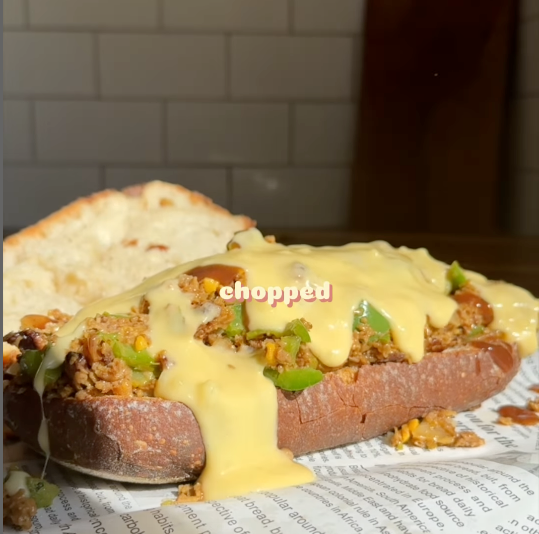
I keep seeing all these viral chopped sandwiches, but this CHOPPED CHEESEBURGER SANDWICH with @daiyafoods Dairy-Free Cheddar Slices and Dairy-Free Mexican Blend Shreds is even better. You guys know I’ve always been a fan. So for the perfect creamy, melty and stretchy bite every time, use the Dairy-Free Cheddar Slices and Dairy-Free Mexican Blend Shreds, now made with Daiya Oat Cream™ blend. Pick up their new and improved blend at your nearest Walmart and get the recipe here 👇
@daiyafoods
